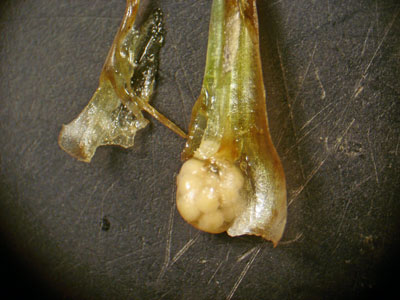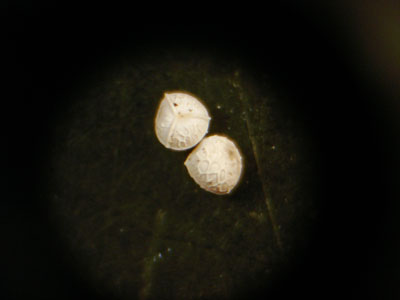DACF Home → Bureaus & Programs → Maine Natural Areas Program → Communities, Plants, and Animals → Rare Plants → Isoetes acadiensis

Isoetes acadiensis Kott
Acadian Quillwort
- State Rank: S2
- Global Rank: G3
- State Status: Special Concern
Habitat: Submersed in ponds or lakes, less often in rivers, rooted in gravel, sand, or mud, rarely amphibious [Open water (non-forested, wetland)].
Range: Nova Scotia and New Brunswick south to Massachusetts. Common in Nova Scotia.
Aids to Identification: The various quillwort species can be difficult to identify because they are often distinguished by microscopic differences of the reproductive macro spores. The typical form of the quillworts is a dense rosette of narrow leaves with the spores located inside the widened leaf bases. I. acadiensis has 9-35 leaves, mostly curved backward, 5-21 cm long, and typically dark green. The megaspores are about 0.5 mm wide with a loose network of smooth, rounded ridges (vs. irregular roughened crests in I. tuckermanii).

Ecological characteristics:Generally associated with acidic water (pH 5.0-5.3).
Phenology: Perennial; megaspores mature in August and September.
Family: Isoetaceae
Synonyms: None noted.
Known Distribution in Maine: This rare plant has been documented from a total of 6 town(s) in the following county(ies): Aroostook, Franklin, Hancock.
Reason(s) for rarity: Restricted range.
Conservation considerations: Maintain hydrologic integrity and water quality of pond habitat.